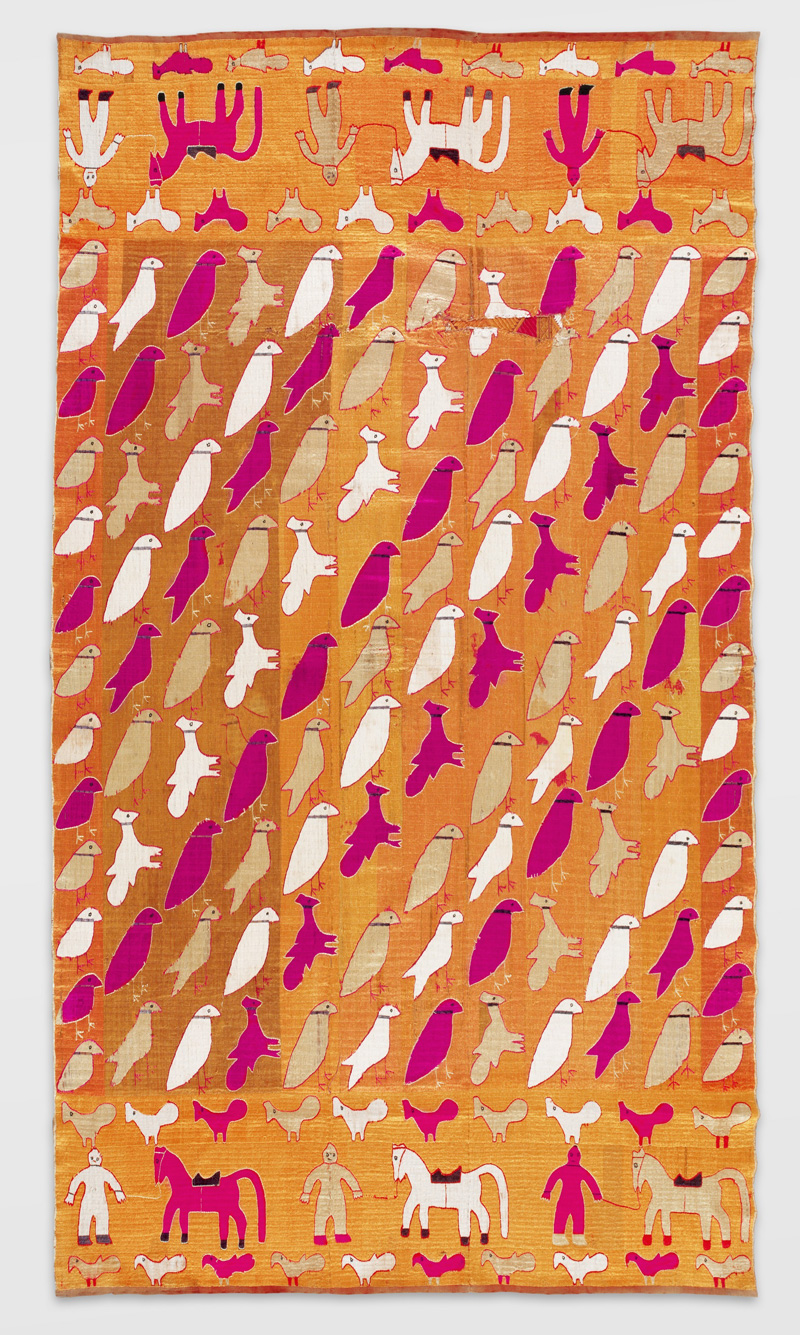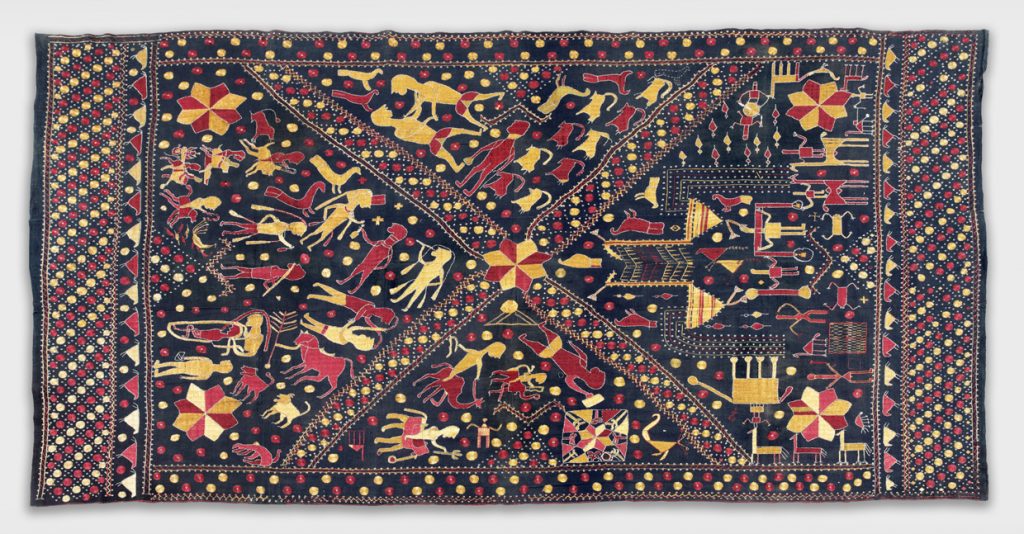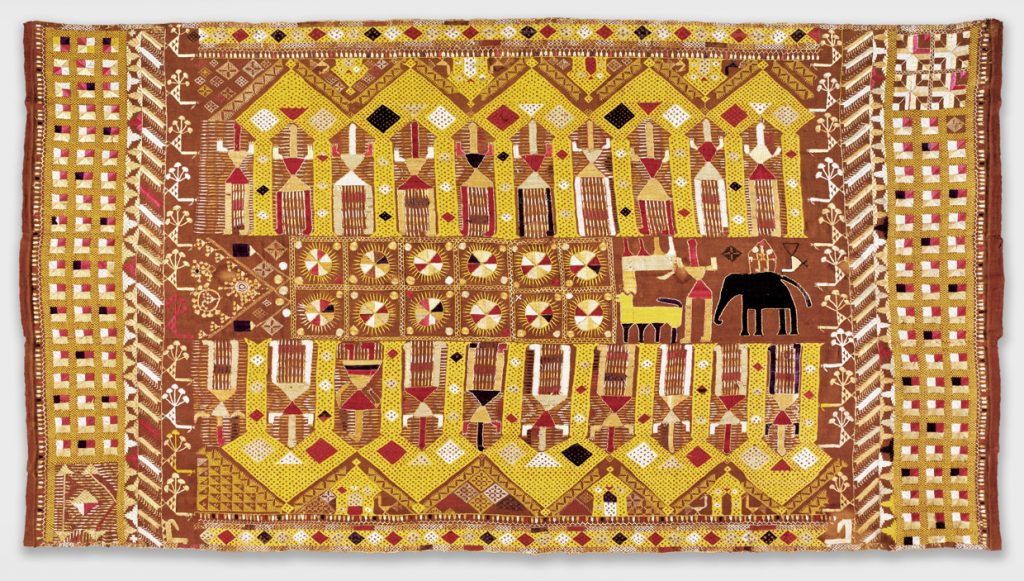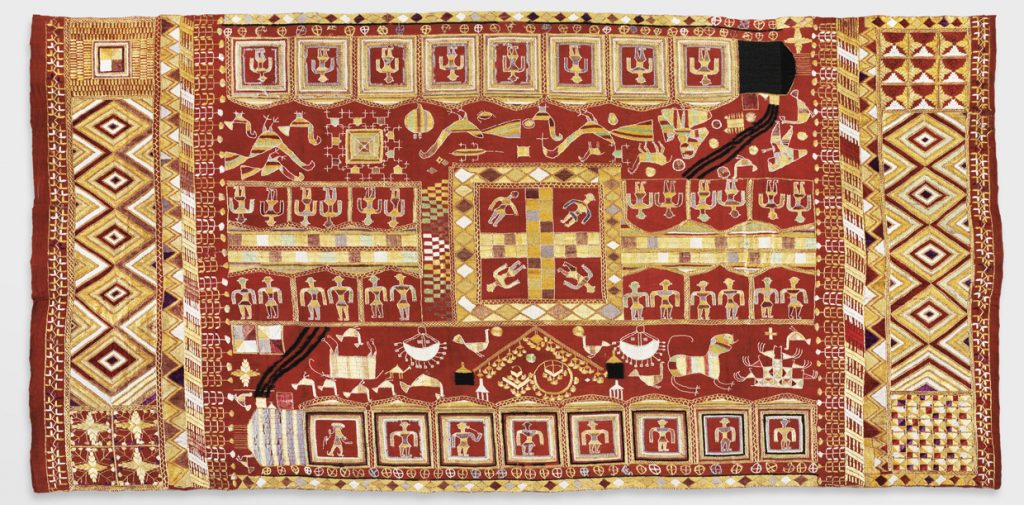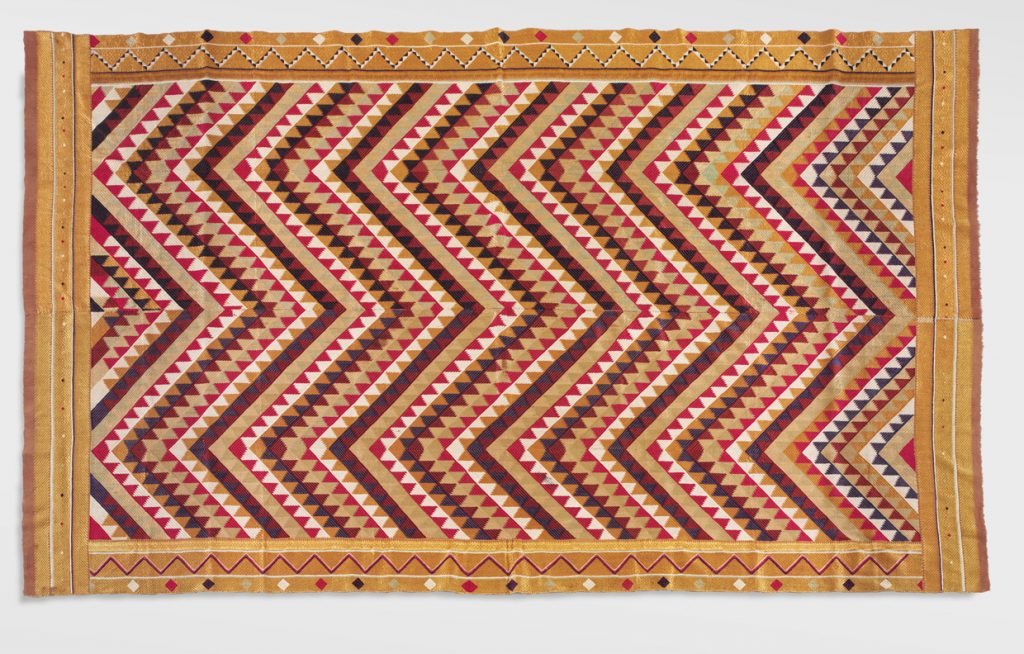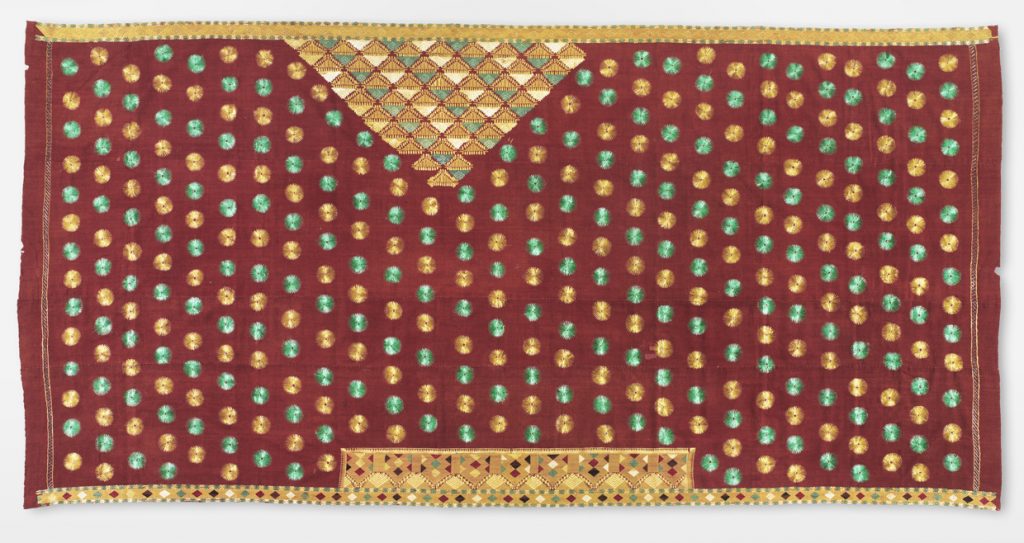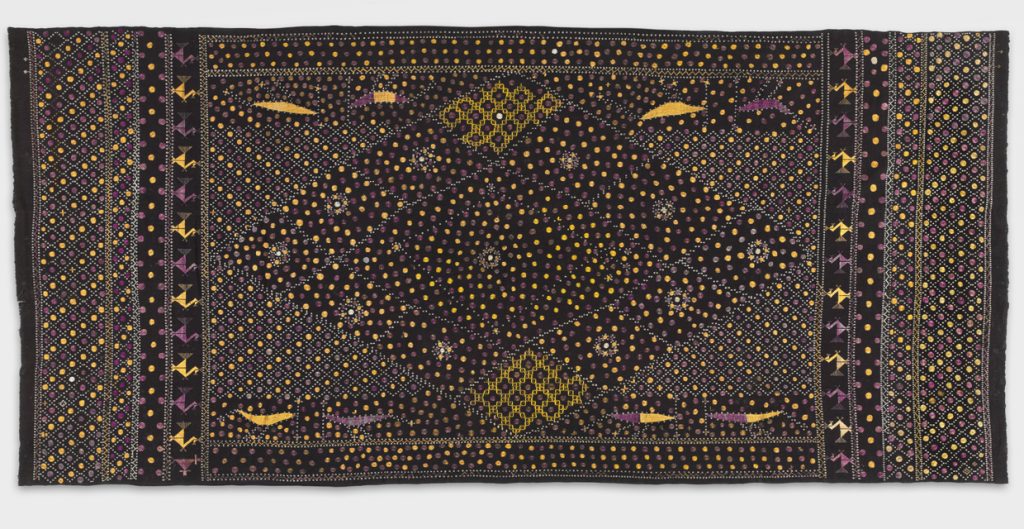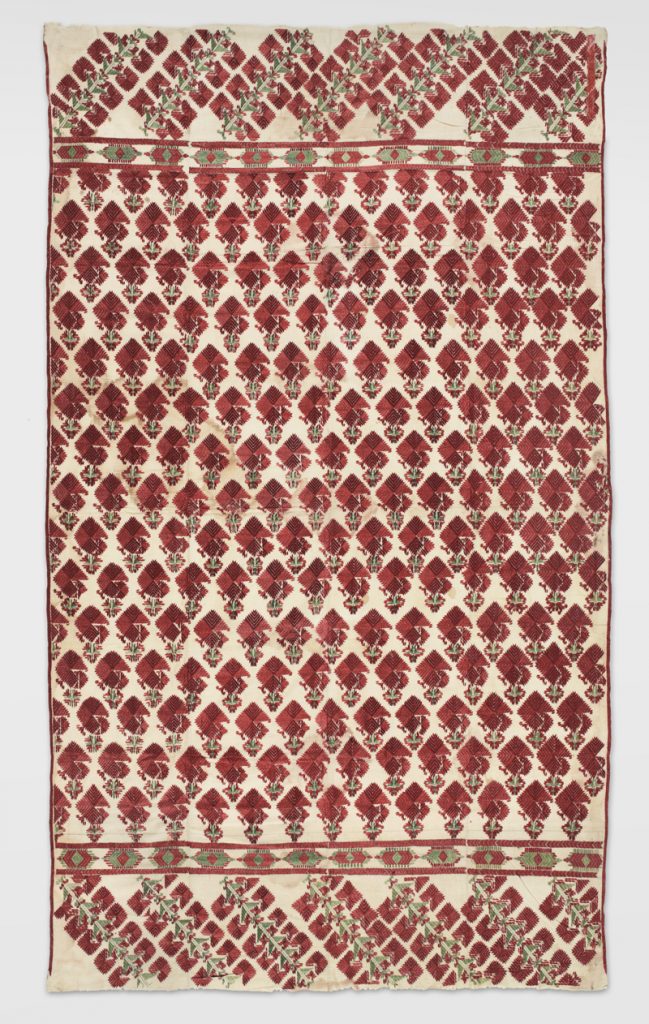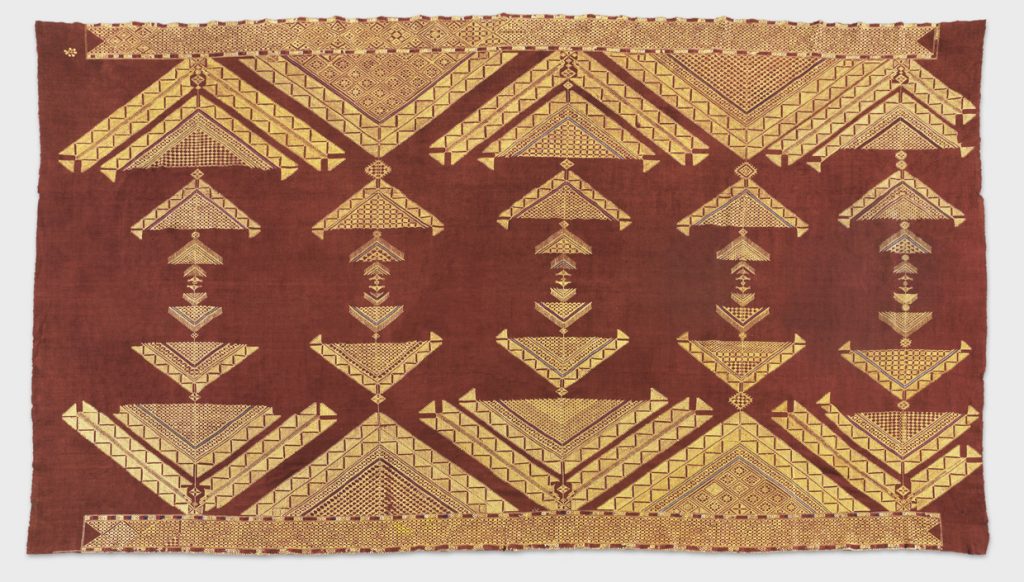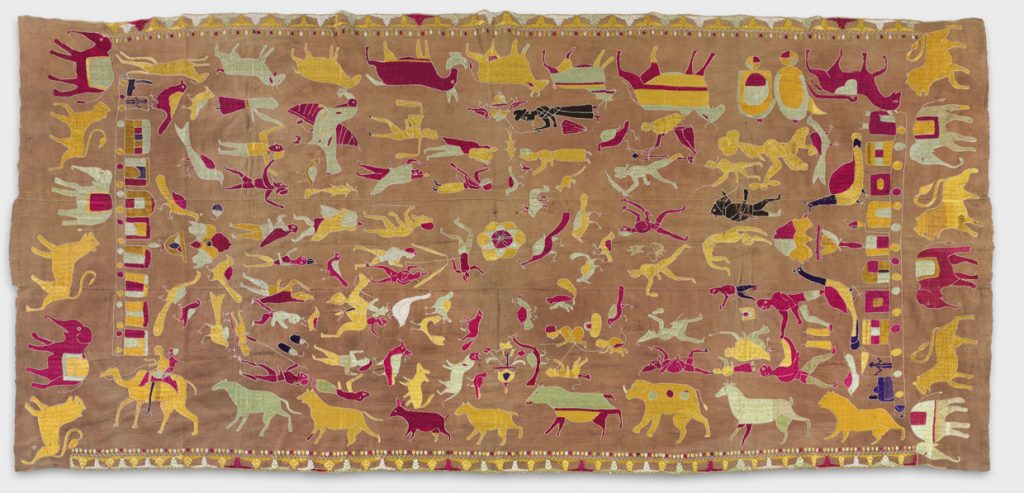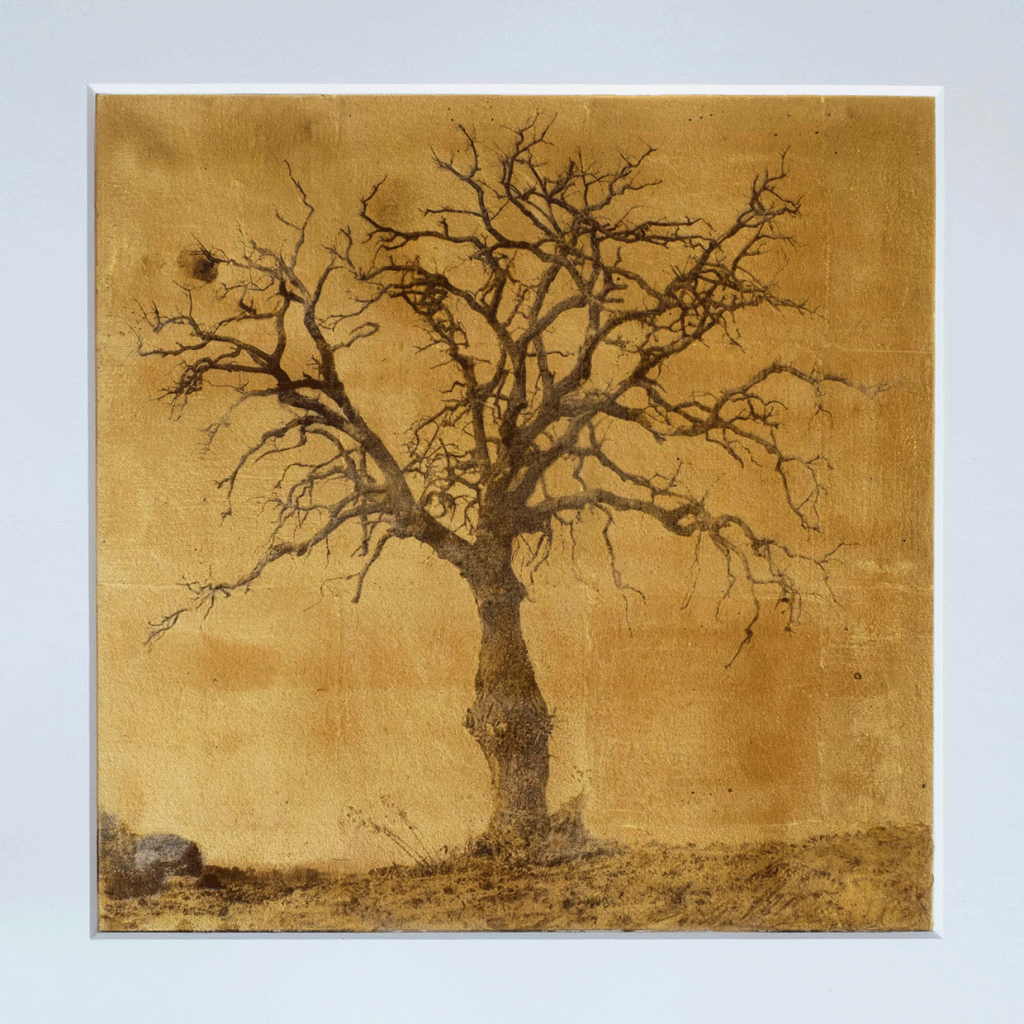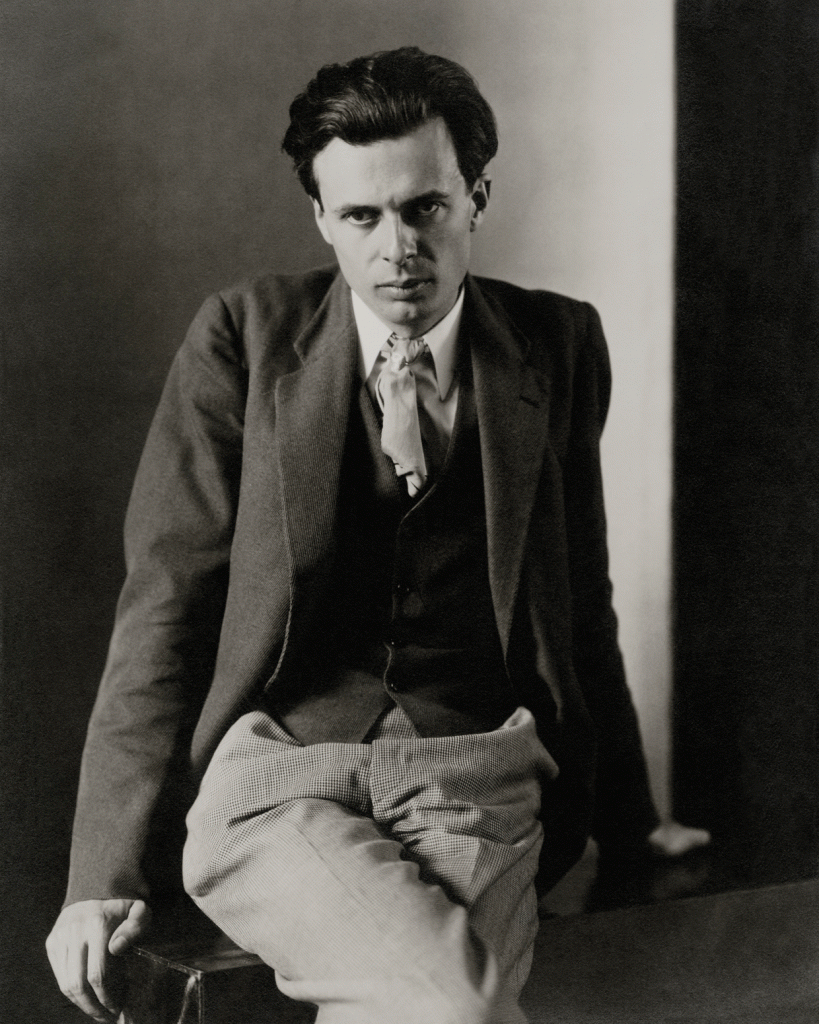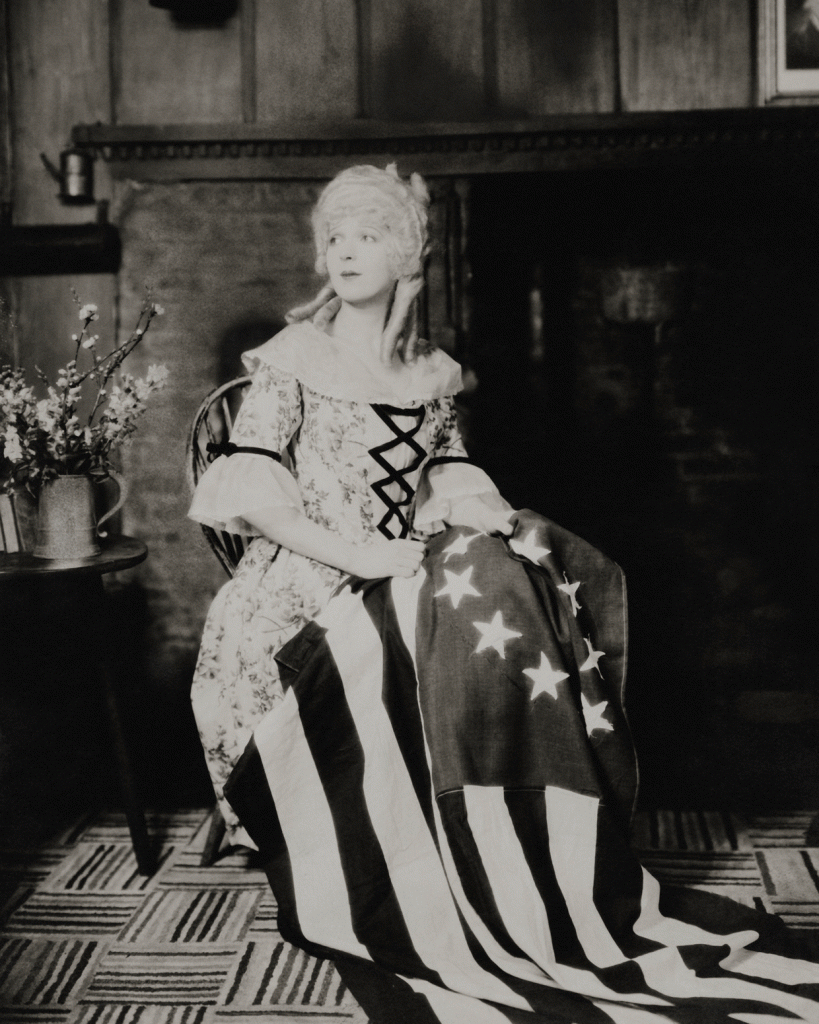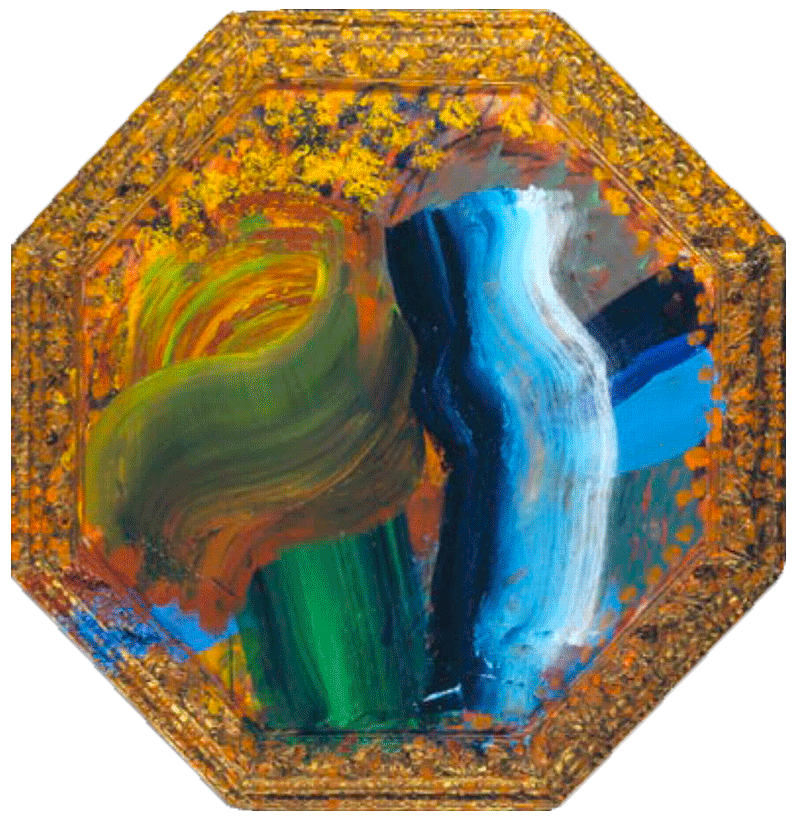John Singletary – Anahata, James Oliver Gallery
James Oliver Gallery, 723 Chestnut Street, 4th Floor, Philadelphia, PA 19106
215-923-1242 (office)
267-918-7432 (mobile)
May 6th – June 9th, 2017
Opening Reception: Saturday, May 6th, 6:00 -10:00 PM
Gallery Hours: Wednesday – Friday 5:00pm – 8:00pm, Saturday 12:00pm – 8:00pm
 Detail of “Providence“, 30′ x 5′, Photography Based OLED Installation.
Detail of “Providence“, 30′ x 5′, Photography Based OLED Installation.
Philadelphia native, John Singletary, is a fine art photographer and multi-media artist. His educational training includes both Drexel University and The University of the Arts. He has exhibited at The Pennsylvania State Museum of Art, LG Tripp Gallery and Gallery 1401. As well, his work is represented in the permanent collections at the Philadelphia Museum of Art, The Center for Fine Art Photography and The Free Library of Philadelphia.
Anahata is a photographic exhibition that uses its mode of presentation to transcend the limitations of the medium in a multi-disciplinary installation experience. Photographs are animated through multiple state-of-the-art organic LED panels used as electronic canvases. The technology is synchronized to create joined, large format displays, some forming 8′ x 8′ luminous squares or a 30′ Greco-Roman frieze-inspired compositions. Images materialize out of walls and recede back into darkness, as would apparitions in this oddly familiar living space. These and other works are set to original music composed by John Singletary and Matt Hollenberg. In addition, the show will feature a live performance by dancers Amber Malmstadt and Megan Hannon.
 Detail of “Providence“, 30’x5′ Photography Based OLED Installation.
Detail of “Providence“, 30’x5′ Photography Based OLED Installation.
While the ambition in Singletary’s presentation is of distinct merit, it’s not mere technology doing the real work. The photographic quality in his highly ornamented images demonstrates a conscious and masterful use of the medium. Influenced by a production approach found in theater and cinema, Singletary and his crew built a black box studio in a Victorian house in Germantown, PA as a set for the photography in Anahata. This long term collaborative project enlisted dancers, theater performers, costume designers, make-up artists, choreographers and set technicians. And, in this black box studio, the dream-like imagery, extracted from mythology, symbolism and mysticism directs the narrative in Anahata as it explores human relationships and their connection to the divine.
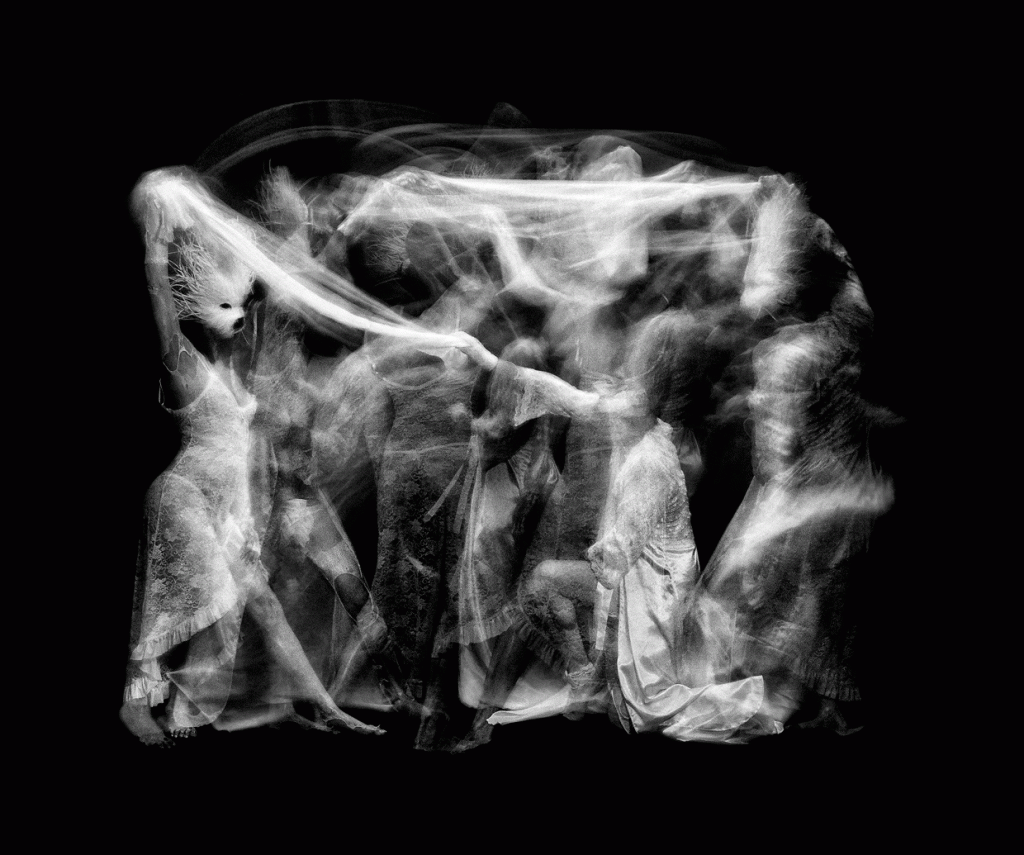 “The Dance of Hades”, 5’x3′ Photography Based OLED Installation.
“The Dance of Hades”, 5’x3′ Photography Based OLED Installation.
In John Singletary’s inventive world of Anahata, the artist commands an ancient cry from demons and gods in spear-decorated headdresses and cocoon-like webs that conquer and connect us. From there, he uses an advanced understanding of technology to take us seamlessly forward into a hyper-lit future. With his sensitivity in making this unique grand scale production personal and his exacting print work, the fantasticality in Anahata becomes very real.
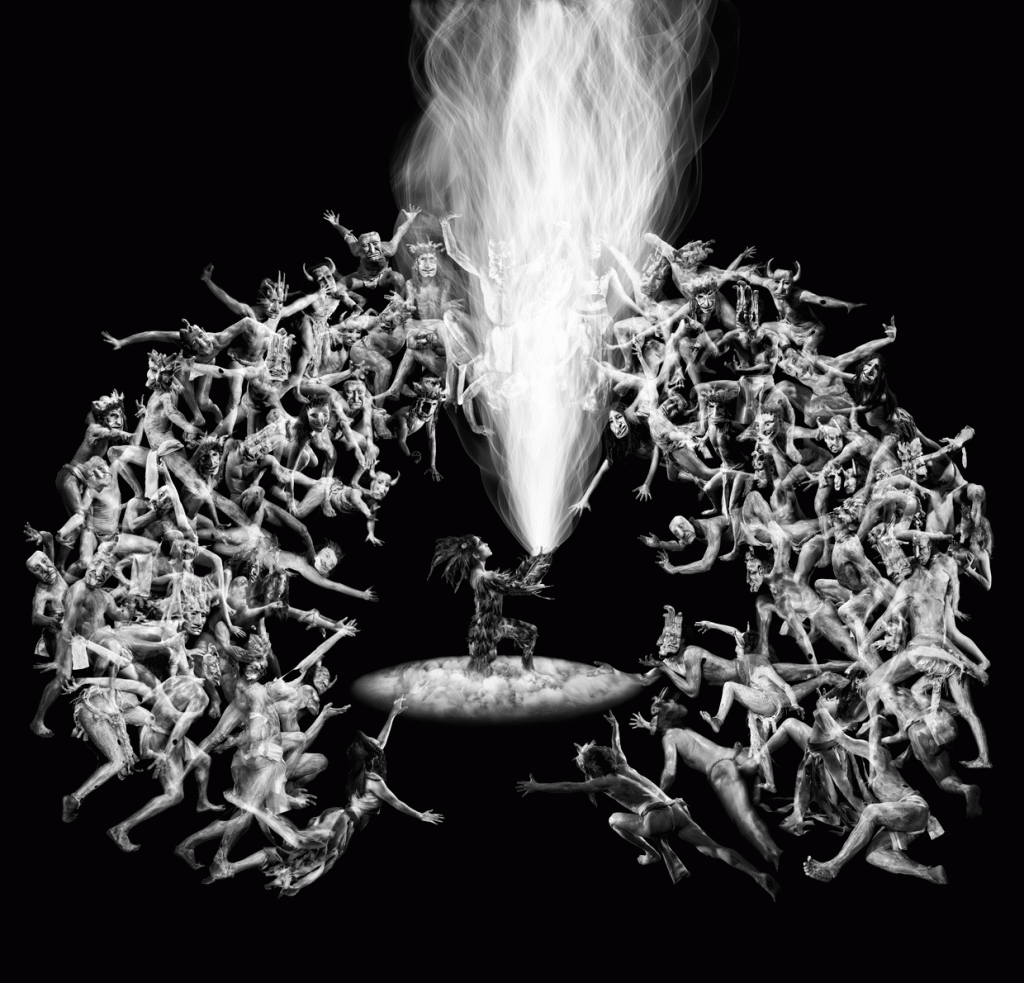 “Clarise”, 8’x8′ Photography Based OLED Installation.
“Clarise”, 8’x8′ Photography Based OLED Installation.
Thank you to John Singletary for the content of this post.
Like John Singletary Photography on facebook
Like James Oliver Gallery on facebook
SEO and Photoshop by DoN.
Like DoNArTNeWs Philadelphia Art News Blog on facebook
Follow the new DoNArTNeWs.com
Follow DoN on Twitter @DoNNieBeat58
@donniebeat on Instagram
Affiliate Marketing [disclosure page] Shop on-line and help support DoNArTNeWs


